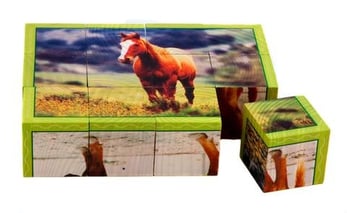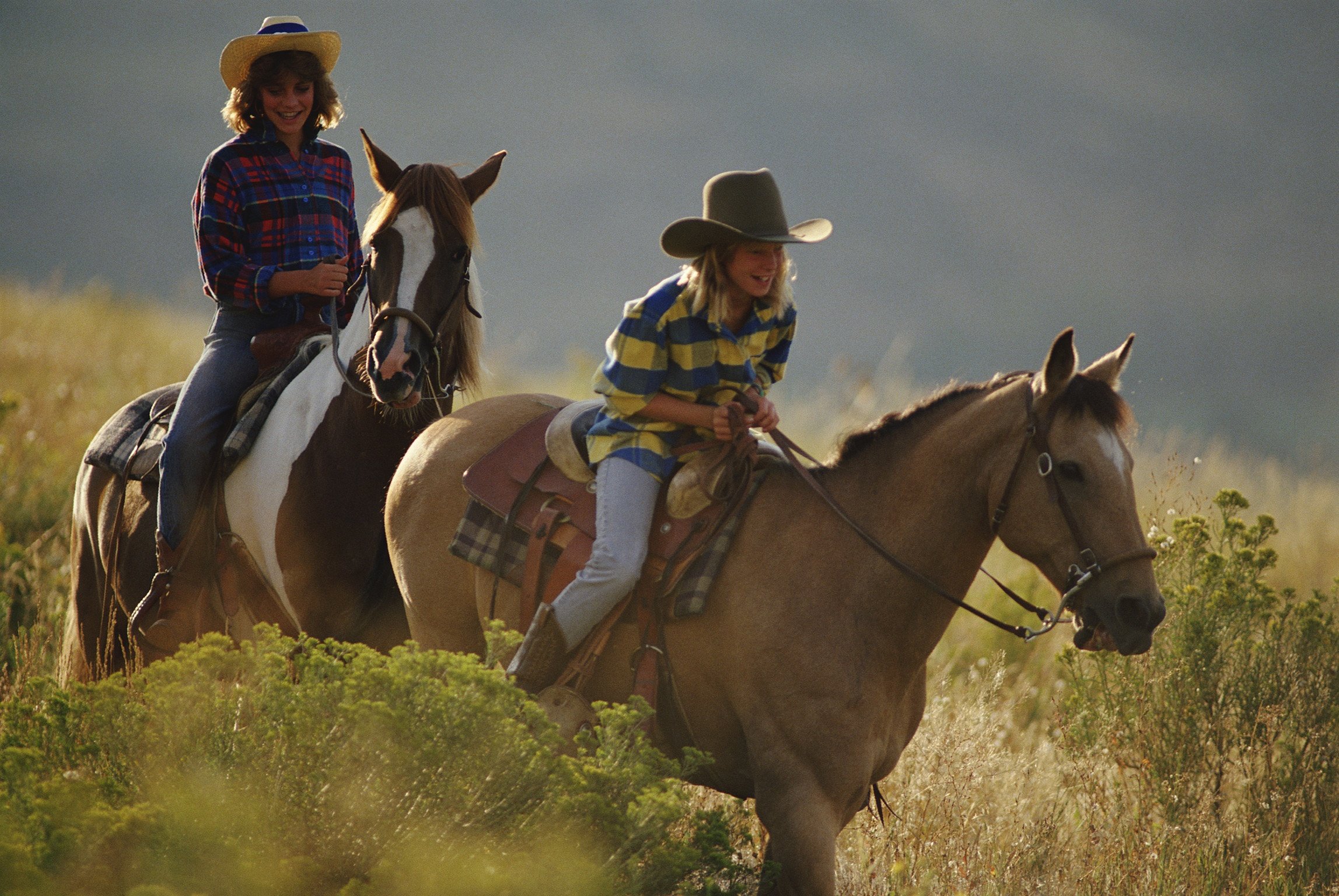Can Horseback Riding Help Children with Autism?
The Benefits of Equine Therapy
What is Equine Therapy?
Equine therapy, or horse-assisted therapy, can provide children with autism with an opportunity to improve cognitive and language skills, motor skills, and social skills. More specifically, hippotherapy is a type of equine therapy which must be performed by trained therapists who use the horse’s movements to systematically improve a patient’s sensory and motor skills. Therapeutic riding is under a broader category of recreational therapy. It involves a patient riding a horse in order to develop emotional and social skills, as well as improve cognitive and language skills. Therapy should be done by certified therapeutic riding instructors, though an occupational or speech therapist may also be present.
 Supporting Research
Supporting Research
Equine therapy certainly isn’t a new concept, with the Greeks noting the therapeutic value of horses in 600 BC. In the 1800s, horses along with other animals were used to treat neurological and stress disorders. Since the 1950s, professional organizations in Europe and the United States were founded to further develop and promote the benefits of equine therapy.
While evidence-based research on the potential benefits of equine therapy for autistic children is still hard to find, the initial findings from a few scientific studies are promising. In 2015, researchers from Colorado State University conducted a summative review of all previously peer-reviewed studies published between 1980 and 2014. They found that 25 studies directly related to children with autism, with most studies focusing on the effects of hippotherapy and therapeutic riding. In 2015, a randomly-controlled study conducted at Colorado Therapeutic Riding Center found that about half of the 116 children tested had shown improvement in language skills, communication ability, understanding of social cues, and behavioral control. While researchers hope to conduct longer-term and more extensive studies in the future, some of the initial findings are explained below.
Tactile Senses
While a growing body of research suggests that children gain various benefits through interacting with domestic animals, some children with autism struggle with gauging how hard or gently to touch things. Consequently, they can have difficulties playing with common pets such as cats or dogs, who may not tolerate roughhousing. Equine therapy undertaken with a professional can assist children in reaching sensory milestones with animals trained to stay calm. In particular, interacting with horses—including petting, caring for, and riding the animals—can provide rich opportunities for sensory engagement.
Cognitive and Language Skills Development
In addition to the tactile experience of caring for a horse, autistic children gain positive reinforcement and a sense of pride when a horse responds to their direct commands. Through therapy, children learn the importance of communication skills. Because horses obviously can’t speak, children learn how to read and convey nonverbal social cues, a skill that is often hard for children with autism. Therapists can use equine therapy as a metaphor for how to interact with other people. Finally, equine therapy can also help children learn to control their tone of voice, practice assertive body language, and give decisive cues.
 |
| Stages Learning Farm Animal Puzzle |
Emotional Skills
For some children, the bond that develops between the child and the horse can help promote emotional self-awareness. Equine therapy provides a non-judgmental environment where a child can better understand his or her emotions, a necessary skill in regulating behavior and communicating with others. The confidence they gain as they master new skills can be applied to learning other skills outside of therapy.
Occupational and Motor Skills
Even staying upright on a horse requires a complex combination of motor skills, so equine therapy can provide a nurturing environment for children to work on improving muscle strength, flexibility, and balance. From controlling the reins to shifting to stay in the saddle, children in equine therapy work with therapists to improve both gross and fine motor control. Some therapists have noted that horseback riding transmits pelvic movements that are akin to walking. Therefore, children can work on critical physical skills like balance and proprioceptive feedback (understanding the positioning of your body parts and the strength necessary to exert motion).
Choosing an Equine Therapy Program
Due to the recent popularity of equine therapy programs, it is important to assess whether centers offering such therapies are accredited and have trained professionals. Typically, a therapist will help familiarize a child with the horse and alleviate any fear a child might have. Posters, cards, and puzzles can help introduce children to the animal before meeting one in person. After an initial consultation session, the child will both care for the horse and perform physical activities on horseback under the guidance of trained instructors. For example, the child might be given physical challenges like riding the horse in a certain pattern or knocking cones down with a pool noodle from horseback.
To find an organization appropriate for your child, it is a good idea to seek advice from your child’s other medical professionals and caretakers, such as your child’s doctor, language or occupational therapist, and teacher. Ask for a consultation and understand how the organization and therapist will set objectives and measure success. For safety, you can also inquire about the therapists’ certifications and the center’s liability insurance. It may also be helpful to gather anecdotes from other parents in the same program.
Finding Equine Therapy In Your Area
 To find equine therapy available for your child, you can search a database of providers through prominent organizations such as PATH International. From there, you may find that popular programs have a long wait list, so you may need to call multiple providers. While equine therapy can be expensive (starting around $50 per hour), some organizations such as the American Autism Association host free and low-cost therapy programs for low-income families. Other centers may offer scholarships or have program covered by insurance.
To find equine therapy available for your child, you can search a database of providers through prominent organizations such as PATH International. From there, you may find that popular programs have a long wait list, so you may need to call multiple providers. While equine therapy can be expensive (starting around $50 per hour), some organizations such as the American Autism Association host free and low-cost therapy programs for low-income families. Other centers may offer scholarships or have program covered by insurance.
Resource Links:
The Professional Association of Therapeutic Horsemanship International provides a searchable database of instructors and riding centers. They certify, accredit, and register equine therapy related professionals.
The Equine Assisted Growth and Learning Association is a therapeutic model that provides certification and includes a team approach of therapists working with their clients (including a mental health professional and an equine specialist). They also provide help with finding programs.
The American Autism Association offers information about autism in general as well as their own recreational therapies and horse therapy programs.
American Hippotherapy Association is an organization that provides further information and resources about equine-assisted therapies, along with a searchable database of therapists.
The Equine Assisted Interventions repository is a collection of research, studies, and articles on equine therapies and mental health. The site asks for a $20 yearly donation.





